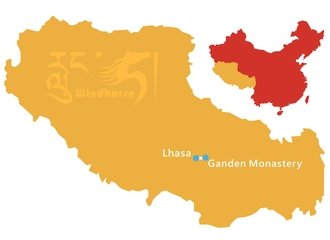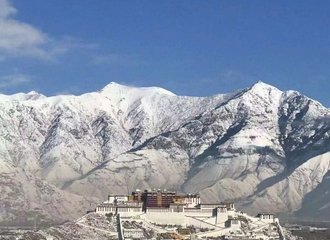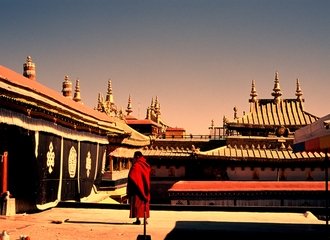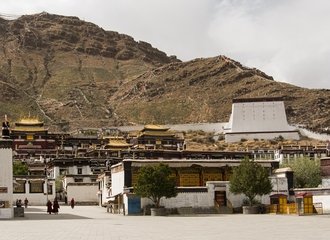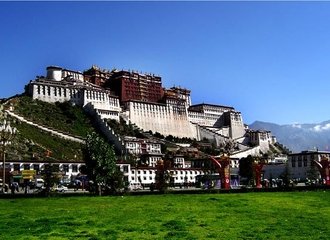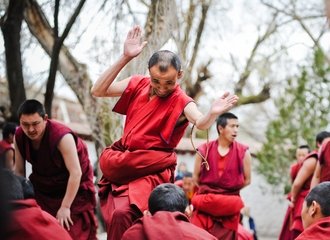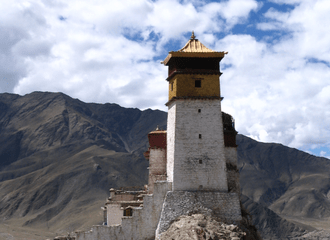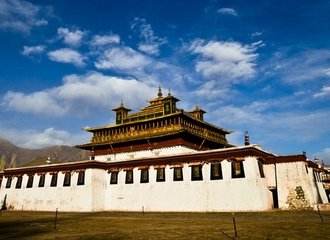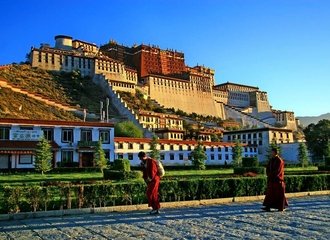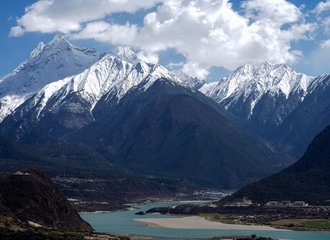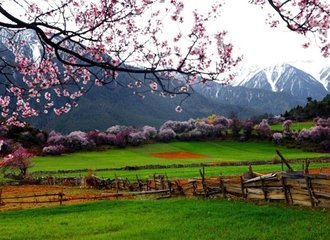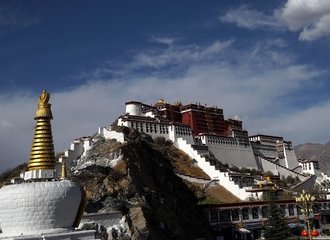Sera Monastery in Lhasa, Tibet
Introduction of Sera Monastery:
Sera Monastery, as well as Drepung Monastery and Ganden Monastery, is a must-see Tibet monastery as it is a sacred place and has been listed as one of the “great three’ Gelugpa Sect monasteries of Tibet. Sera Monastery is famous for its unique debating tradition.
Sights to see in Sera Monastery:
Sera Monastery, located at the foot of Tatipu Hill, 2 km. (1.25 mi.) north of Lhasa city, is the second largest among the “great three”, which covers an area of 11.3 hectares (28 acres). The monastery complex is magnificent and remarkable. Great Assembly Hall (also known as Tsogchen or Coqen Hall) is one of the structures of notability in the monastery, which is impressive and noted for its wall-length thankas and two-story statue of Jampa. The hall is located in the northeast area of the monastery and has more than 300-year history.
Sera Monastery is also well known for the three Tratsangs: Me Tratsang, Ngagpa Tratsang and Je Tratsang. Tratsang (also spelled Zhacang) is the Buddhist college in Tibet, it served as the arena for monks to study the Buddhist Classic. Among the three Tratsangs Me Tratsang could date back to the original founding of the monastery. It was built in 1419 and features a well-preserved copper Sakyamuni, flanked by Jampa and Jampelyang. Ngagpa Tratsang is a Tantric college which preserves a statue of Sakya Yeshe. Je Tratsang is the largest of Sera’s colleges, it has a breathtaking main tall, hung with thangkas and lit by shafts of light from high windows.
To the northeast of Je Tratsang is Sera’s famous debating courtyard. There is usually debating practice here in the afternoon, which regarded as a remarkable symbol in Sera Monastery. the debating is a learning process for Tibetan monks on the Buddhist doctrines, and the sera’s debating is said to be exclusive among the other several Tibet monasteries, here you will see the monks supplement their efforts by using a variety of gestures including clapping their hands, pushing their partners for an answer, or plucking their prayer beads to win the virtue of the Buddha. An early arrival time is required if you want to have a clear view of this special and holy event.
Background of Sera Monastery:
The original Sera Monastery was established in 1419 by Sakya Yeshe, a disciple of Tsongkhapa, the founder of Gelugpa Sect. The word “Sera” came from the Tibetan name of wild rose, which covering the hill behind the monastery when it was built.
In the monastery’s heyday, it hosted five colleges of instruction, but now there are only three existed. Me Tratsang specialized in the fundamental precepts of Buddhism, Je Tratsang in the instruction of itinerant monks from outside central Tibet, and Ngagpa Tratsang in Tantric studies.
Festivals in Sera Monastery:
Bengqin Festival is the most impressive festival that is held in Sera Monastery on every December 27 of the Tibetan calendar (about February in the Gregorian calendar), and it attracts many monks and devotees to attend every year. On that special day, a Dorje Pestle blessed by the Dalai Lama's prayers to Buddha in Potala Palace will be taken back to Sera Monastery and briefly placed on the heads of the monks and disciples by the Khenpo (president) of the Ngaba Tratsang.
As an important Tibet monastery, Sera Monastery also holds the the Sho Dun Festival in the month of August in the Gregorian calendar. The festival represents the symbolic Buddha-Unfolding, and you can witness many devotees come here to worship of the Buddha as one essential part of their local life.


